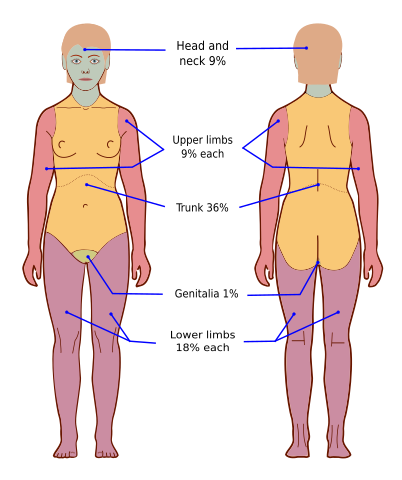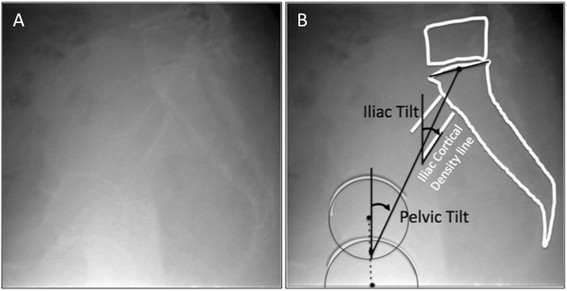Adson’s test: for thoracic outlet syndrome
Allen’s test: for testing patency of radial and ulnar arteries
Alli’s test: for DDH
Anvil test: for testing tenderness of the spine
Ape thumb: for median nerve injury
Apley’s grinding test: for meniscus injury
Apprehension test: for recurrent dislocation of the shoulder
Barlow’s test: for DDH
Blue sclera: Osteogenesis imperfecta

Callways’ test: for anterior dislocation of the shoulder
Chovstek’s sign: for tetany
Claw hand: for ulnar nerve injury
Coin test: for dorso lumbar tuberculosis of spine
Cozen’s test: for tennis elbow
Drawer test: for ACL and PCL injuries
- Anterior : for ACL injury
- Posterior : for PCL injury
Finkelstein’s test: for de Quervain’s tenosynovitis
Foot drop: for common peroneal nerve injury
Froment’s sign: for ulnar nerve injury
Gaenslen’s test: for SI joint involvement
Galleazzi sign: for DDH
Gower’s sign: for musular dystrophy
Hamilton ruler test: for anterior dislocation of the shoulder
Lasegue’s test: for disc prolapse
Lachmann test: for ACL injury
Ludloffs sign: for avulsion of lesser trochanter
McMurray’s test: for meniscus injury
Nagffziger test: for disc prolapse
Ober’s test: for tight ilio- tibial band (e.g., in polio)
0’ Donoghue triad: traid of MCL, ACL and medial meniscus injuries occurring together
Ortolani’s test: for DDH
Pivot shift test: for ACL injury
Policeman tip: for Erb’s palsy
Runner’s knee: Patellar tendonitis
Sulcus sign: for inferior instability of the shoulder
Thomas’ test: for hip flexion deformity
Trendelenburg’s test: for unstable hip
Tinel’s sign: for detecting improving nerve injury
Volkmann’s sign: for ischaemic contracture of forearm muscles
Wrist drop: for radial nerve injury


